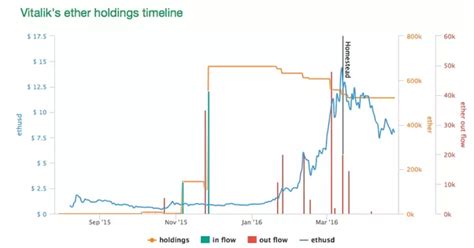Does Every Node Have a Whole Copy of the Blockchain on Ethereum?
Ethereum, like other cryptocurrencies, is built upon a decentralized network of nodes that work together to validate transactions and create new blocks in the blockchain. However, with each block containing multiple transactions, it may seem unlikely that each node has an exact copy of the entire blockchain.
The answer lies not just in the sheer size of the blockchain but also in how Ethereum’s technology handles data replication and synchronization across nodes.
What is a Blockchain?
Before we dive into the specifics, let’s quickly cover what a blockchain is. A blockchain is an immutable ledger that records transactions across a network of computers (nodes) in a specific order. Each block contains multiple transactions, which are verified by nodes on the network before being added to the blockchain.
Ethereum’s Consensus Mechanism
Ethereum’s consensus mechanism is based on the proof-of-work (PoW) protocol, also known as “mining.” Miners compete to solve complex mathematical puzzles, which require significant computational power. The winner of these puzzles gets to add a new block to the blockchain and validate its transactions.
Replication Across Nodes
To create an exact copy of the blockchain on every node, Ethereum uses a technique called “replication” or “syncing.” This involves the following steps:
- Block creation: When a new block is created, it’s not just the transactions within that block that are replicated.
- Node synchronization: Each node on the network periodically synchronizes with its peers to ensure they have the latest version of the blockchain.
- Replication
: Nodes replicate their local copy of the blockchain by re-syncing with other nodes and updating their own copy.
Why Every Node Doesn’t Have an Exact Copy
So, why don’t every node have a perfect copy of the blockchain? Here are some reasons:
- Block size limit: Each block has a maximum size limit (currently 8 MB). If a node tries to sync with another node that’s using up all available space or exceeds the limit for its own transactions.
- Replication overhead: Replicating the entire blockchain can be computationally expensive, especially if there are many nodes involved.
- Network congestion

: As more nodes join the network and add new blocks, it can become challenging to maintain synchronization across all nodes.
What’s the Solution?
The solution lies in the concept of “sharding” or breaking down the blockchain into smaller fragments, called shards. Each shard is a separate copy of the blockchain, replicated by multiple nodes on different parts of the network. This allows each node to focus on its own shard without worrying about replicating an entire block.
Conclusion
In conclusion, while it may seem impossible for every node to have an exact copy of the Ethereum blockchain, the replication process ensures that all nodes have a synchronized view of the blockchain. The use of sharding technology makes this possible, allowing for more efficient and scalable network operations. As the Ethereum ecosystem continues to grow and expand, understanding these concepts will help you navigate the complexities of this decentralized world.
